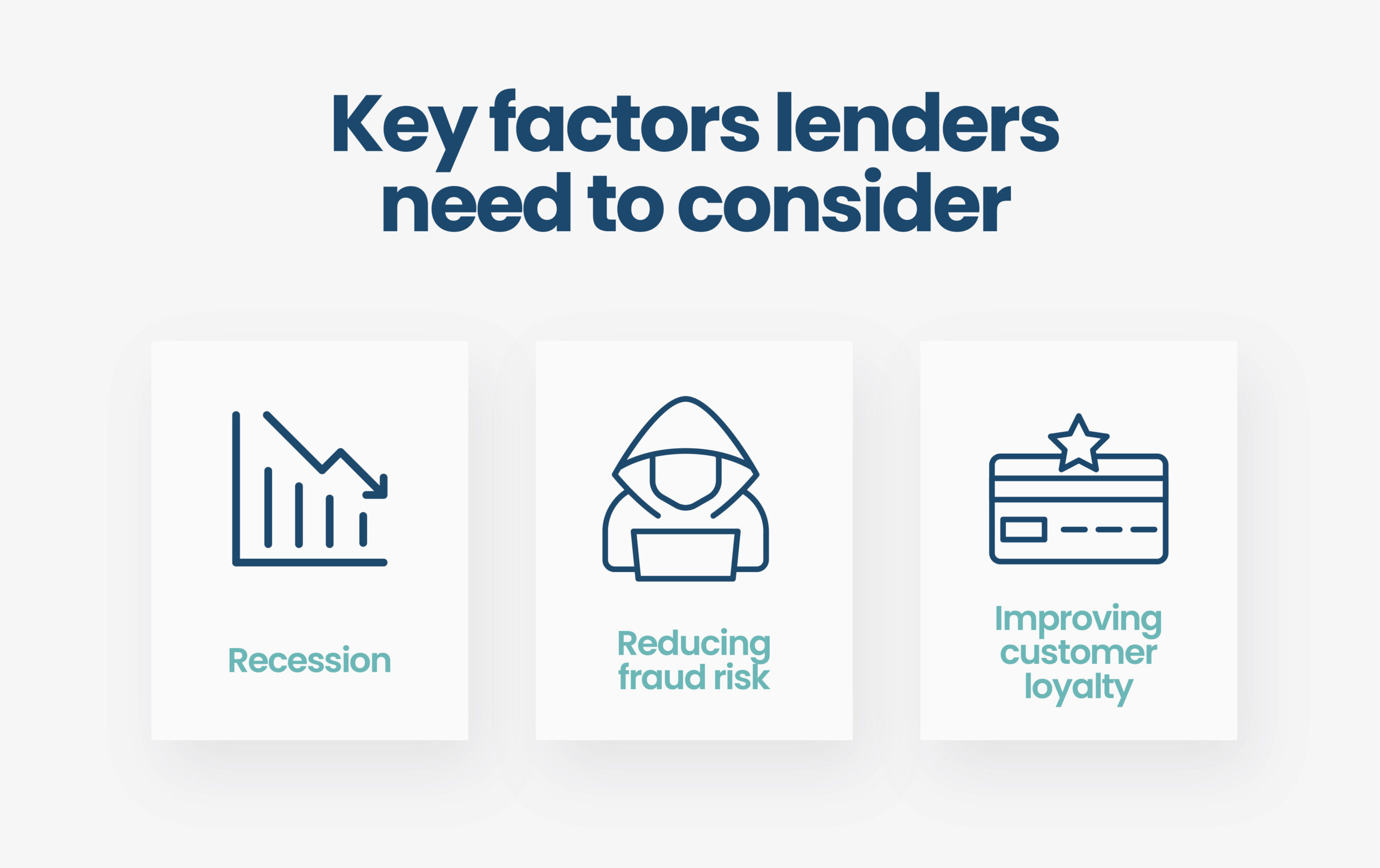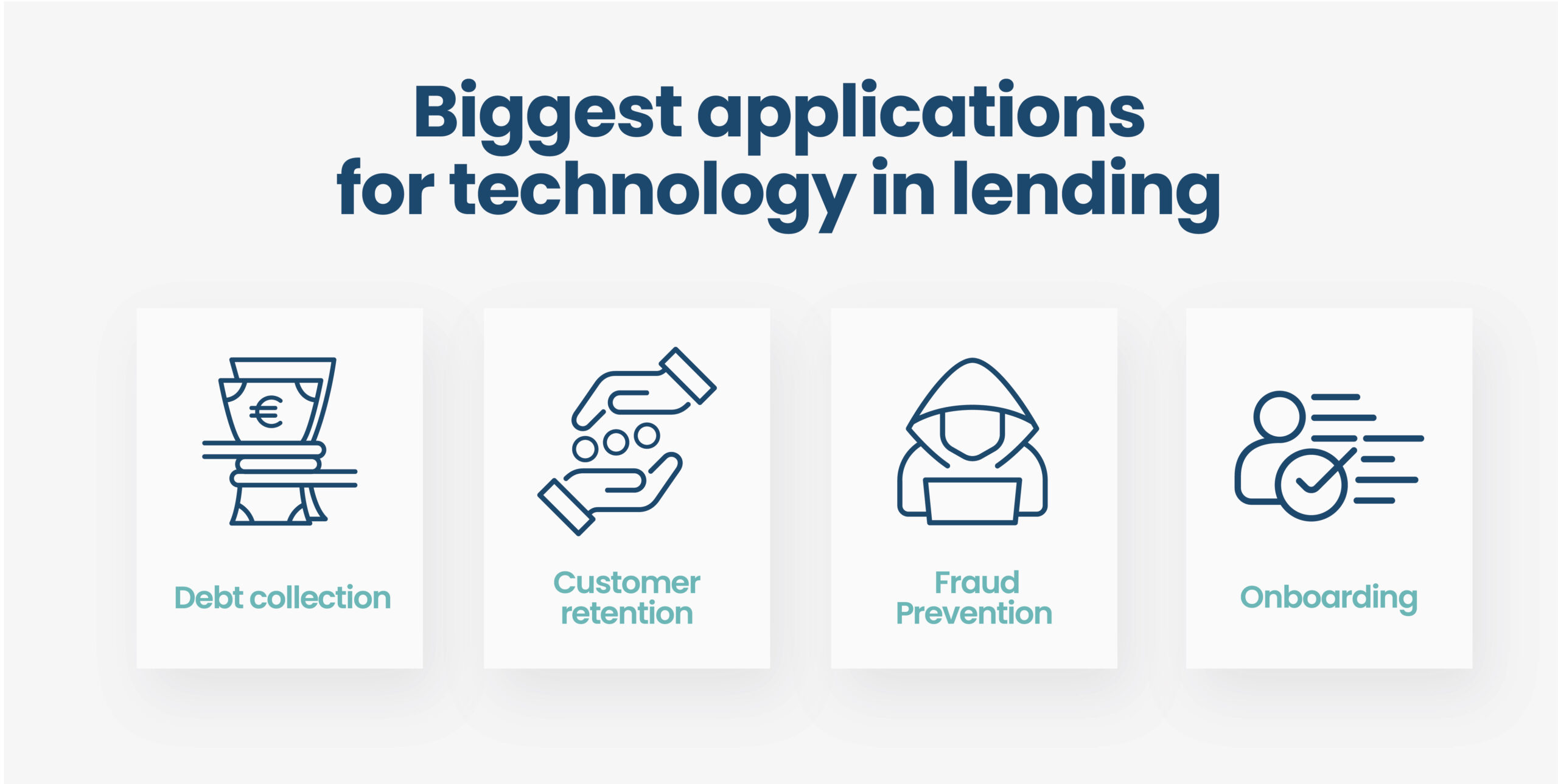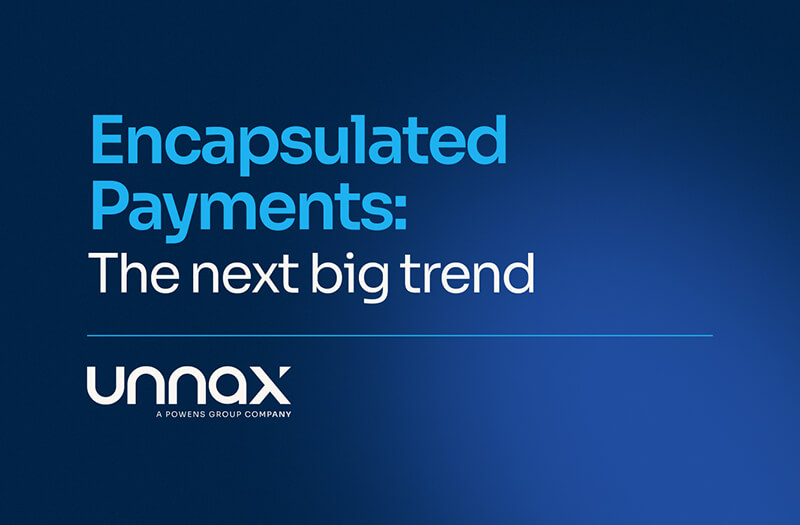Article now available in spanish.
As the wave of digital transformation has washed over the finance industry, lending businesses have evolved to match the change in global standards.
Compared to the manual paper processes that once dominated traditional lending, modern business models place much greater emphasis on digital loyalty and technological advancements. To remain competitive, lenders cannot just acknowledge the growing role of tech in the lending industry but actively embrace it.
This article discusses the lending evolution, from the industry’s brick and mortar origins to its modern-day digitization. Keep reading to learn about the key challenges lenders face today, the role technology plays in the industry, and how lenders can leverage these technologies to find success.
Read straight through, or jump to the section you want to read:
- How lending has changed over the past years: from paper to digital
- What are the main challenges lenders face?
- The role of technology in improving loan granting processes
- What’s next for lenders: Embracing Banking as a Service
How lending has changed over the past years: from paper to digital
In decades past, before financial technologies were even close to becoming mainstream, lenders relied on manual paper processes for all business activities. On top of having to complete customer risk assessments and credit decisions, a lending team also had to manually manage and maintain compliance and payments, including payouts and collection processes.
The financial sector has a long history of hesitation when it comes to technological development, meaning that lenders continued to rely on these manual processes well into the modern day.
Now, however, the tides are turning, and we’re seeing exciting technologies like AI play a stronger role in lending.
According to a 2021 McKinsey & Company report on the role of digital credit in the lending evolution, digitization — especially when it comes to AI and automation — is a major priority for banks and lenders.
McKinsey & Company state that:
“The rapid improvement of AI-powered technologies spurs competition on speed, cost, experience, and intelligent propositions. To remain competitive, banks must engage customers with highly personalized and timely content to build loyalty.’”
What are the main challenges lenders face?

One of the biggest challenges lenders face today is how to achieve greater speed and optimize their digitization initiatives without sacrificing security, risk management or the customer experience.
Some of the key factors that lenders need to consider in 2023 and beyond include:
– Recession: The recession, and a possible redistribution of the lending market are some of the key challenges lenders need to consider for 2023. The biggest concern for them is that recessions are like a double-edged sword. On the one hand, the deterioration of people’s financial situations increases the demand for loans. But on the other, it also means that it’s more difficult for them to repay loans, causing issues with existing loans granted as well as issuance of new ones. This is why lenders will have to gain full and real-time visibility on a lendee’s solvency capacity to prevent arrear risk.
– Reducing Fraud Risk: Preventing fraud is crucial during economic downturns, as it helps lenders ensure the security of their clients. Lenders must be vigilant against various types of fraud, including 1st and 3rd party fraud, while also facing increased pressure. Utilizing technology such as Unnax solutions can assist lenders in effectively assessing and managing fraud risk.
– Improving Customer Loyalty: Its vital lenders improve customer loyalty by building long-term, sustainable relationships with their clients. But it is no secret that the world is in a time of great economic uncertainty. Getting, onboarding, and keeping loyal customers has therefore never been more essential. But it can be challenging for lenders to understand the needs of their customers, while simultaneously monitoring them throughout the entire customer lifecycle, and remaining compliant. To be able to attract and retain customers in today’s climate, it’s vital to provide a customized, smooth, frictionless, automatic and near-instantaneous lending process.
The role of technology in improving loan granting processes

Technology is playing an increasingly active role in the lending and loan granting process — but what exactly is that role and what areas of business should lenders focus their digitization efforts on?
Here are four of the biggest applications for technology in lending:
Debt Collection
When lenders rely on manual processes for debt collection, they can face huge solvency and contactability problems. By improving your use of technology and process automation, you can collect debt more effectively, preventing future loan losses and optimizing solvency monitoring.
You’ll know exactly when to collect, allowing lenders to stop pinging their clients’ cards blindly, and enabling them to collect the maximum amount possible in one shot.
👉 Read more: Decisioning: what it takes for lenders to make accurate credit decisions
Retention
With the recession looming, customer churn is a problem on every lender’s mind. Technology can help build long-term, sustainable relationships between lenders and their customers by providing insights into what the competition is doing, offering personalized offers, and making it easy for customers to manage their loans, improving the chances they’ll stick with you for the long-run.
Fraud Prevention
By connecting directly to a user’s bank account, our technology allows lenders to validate the user’s identity and IBAN, and helps lenders avoid synthetic identity fraud by providing insights into the behavior of the borrower. Also, our payment solution automatically pushes payments and provides a certificate guaranteeing that the funds were correctly received.
👉 Read more: Why account aggregation is the next big thing for loan comparison sites
Onboarding
Long onboarding forms are a common result of needing to comply with regulatory requirements like KYC and AML. These forms often deter potential customers from filling in a loan application. With technology like automation, AI, machine learning, and open banking APIs, the number of fields can be heavily reduced, helping improve the customer experience.
👉 Read more: Onboarding: how lenders can nail the first step of the lending process
What’s next for lenders: Embracing Banking as a Service
Why should you be leveraging BaaS? BaaS is a great way for lenders to create long-term, sustainable relationships with their clients by converting themselves into neobanks. Transitioning into a neobank would allow lenders to increase their share of wallet, become the top of wallet for their customers, and introduce some of the concepts of financial education to their users.
As Thibaut Levesque, CRO at Unnax, explains:
“The solution to the technological challenge facing lenders goes beyond simply developing a digital strategy. Lenders must consider how they can achieve high-level technological support without having to spend exponential amounts of capital on creating larger in-house IT and compliance teams. The answer for many lenders is BaaS.”
Banking as a Service (BaaS) refers to a type of Fintech service in which lenders can leverage advanced technologies as needed from a Fintech service provider. Through the use of APIs, lenders can integrate their essential business activities into a reliable and secure digital system that, in turn, enables an automated digital infrastructure.
One of the primary benefits of utilizing BaaS provided by a trusted Fintech partner is that lenders do not have to spend extra time scouting and onboarding new talent. A Fintech partner, such as Unnax, can provide the technology, expertise, and support needed, all while ensuring a solution is customized to the exact needs of a specific lender’s business.
Key takeaways: How Unnax helps lenders stay ahead of the digital curve
At Unnax, our banking-as-a-service solutions are designed to provide lenders and other financial institutions with the essential end-to-end support needed. Through a single API, our clients can carry out crucial business activities such as bank aggregation, payments, onboarding, and more.
When your lending business partners with Unnax, you receive more than just the necessary technologies for digitization. Our team is committed to helping lenders understand and employ the best possible innovative technologies for their business needs.
To find out how Unnax can support your business, contact our team today.










